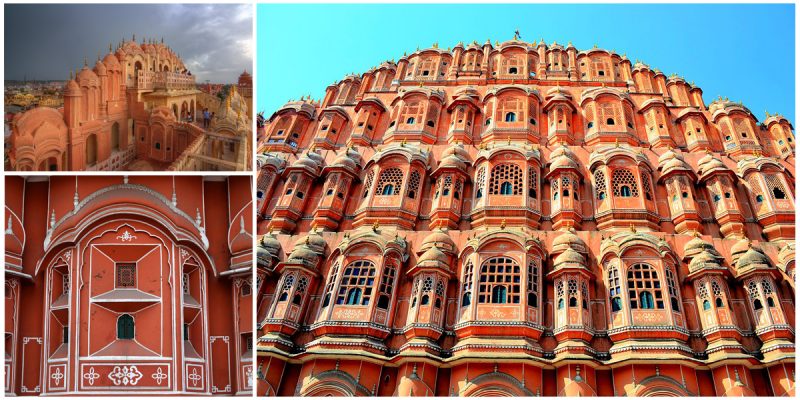Hawa Mahal, also known as ‘Palace of the Winds’ is located in Jaipur, India and it is a major tourist attraction. It is a prominent landmark of the city, which was constructed in 1799 by Maharaja Sawai Pratap Singh. The five-storey building was named ‘Palace of the Winds’ because it served as a high ‘screening wall’ for the women of the royal families.
The palace provided them a view of street festivals and other ceremonies through the windows because they were never allowed to appeare in public. Through the centuries, it was a summer retreat for many Rajputs families.
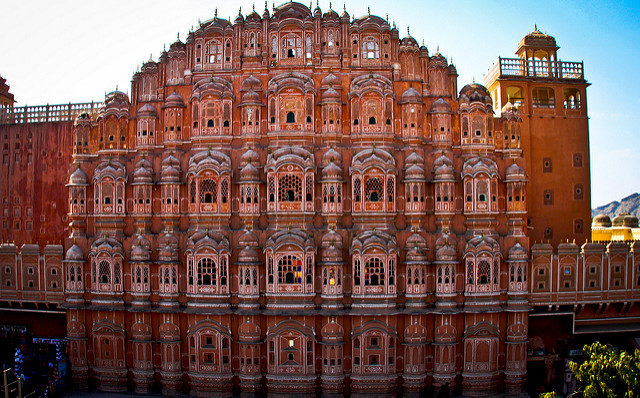
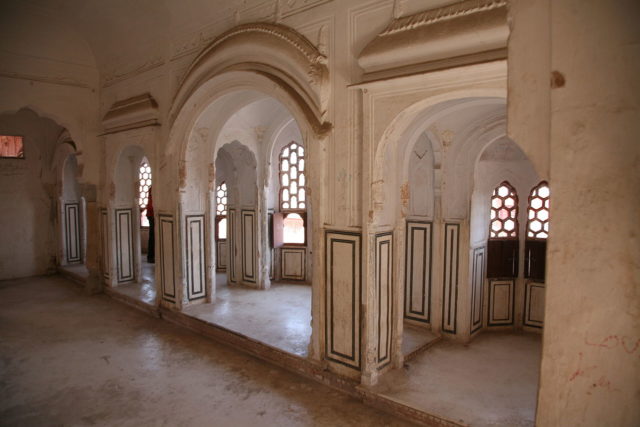
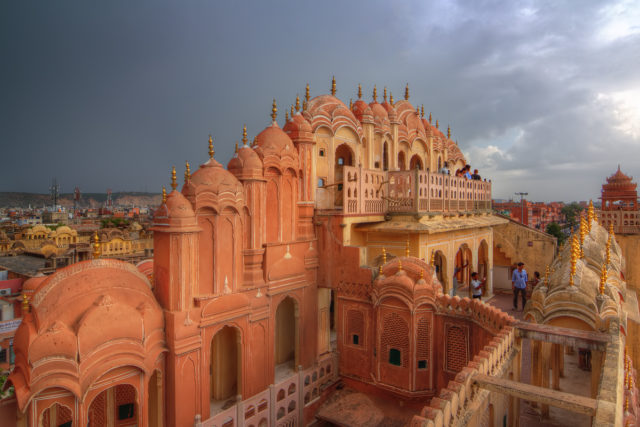
The Maharaja was inspired by the Wind Palace of Jhunjhunu, Khetri Mahal. The design was made by the architect Lal Chand Ustad, who built the palace in the form of the crown of Krishna, resembling a honeycomb. The shape of the building is pyramidal, and on the exterior, there are 953 windows, known as Jharokhas, which are highly decorated with latticework.
The Jharokhas were built in a unique way, letting air to circulate through them and cool the whole structure during the summers. Actually, this side of the palace with the windows is the back side of the building, but when people see it from the street, they think that it is the front side.
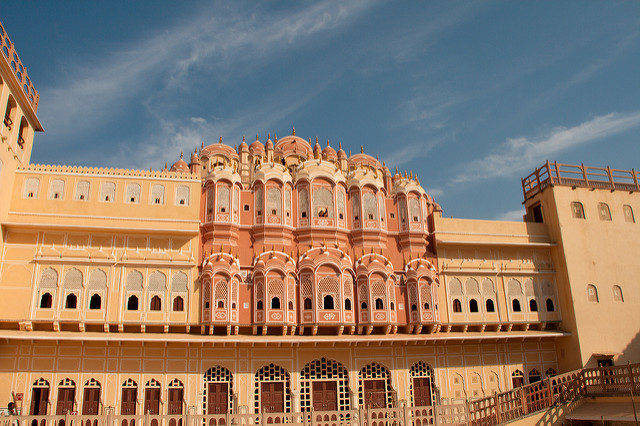
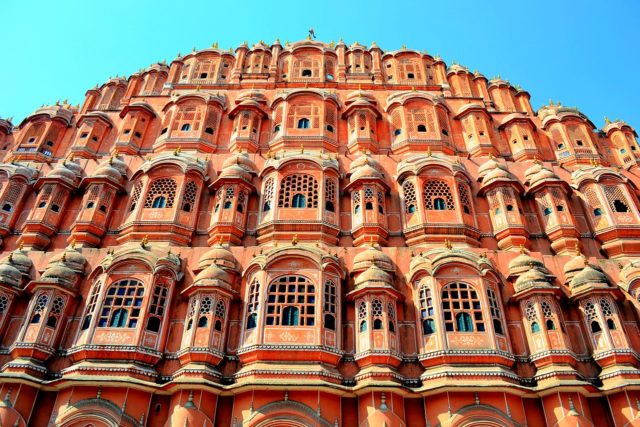
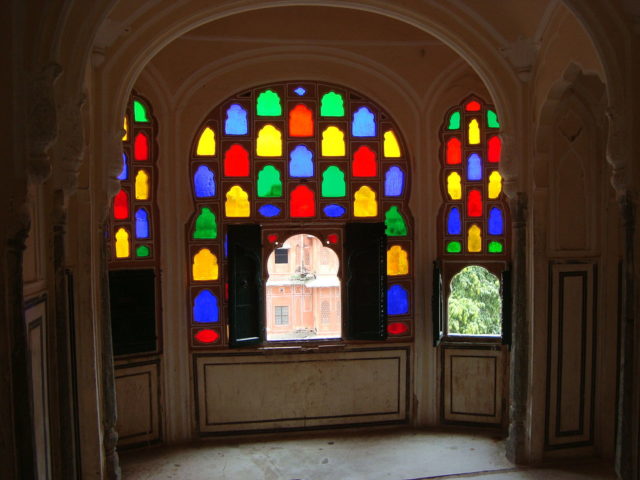
The interior of the back side of the palace consists need-based chambers which were built with corridors and pillars that reach up to the top floor. The construction is a mix of Rajput architecture and Islamic Mughal architecture. The 50 feet high Hawa Mahal can be entered through an imperial door, and inside there is a large courtyard with two-storey buildings on the north, west, and south sides, while the palace is on the east side.
In the courtyard, there is an archaeological museum with ancient artifacts which tell the story of the rich history and lifestyle of the Rajputs. It was the favorite resort of the Maharaja because of its beauty and its magnificent interior. The palace was restored and renovated in 2006 after 50 years. The Unit Trust of India has adopted the Mahal in order to preserve it. It is just a small part of a huge complex and some of the features that make the palace a popular tourist spot are the arched roofs, and the stone-carved screens. The Mahal is constructed using sandstone like many other monuments of Jaipur.
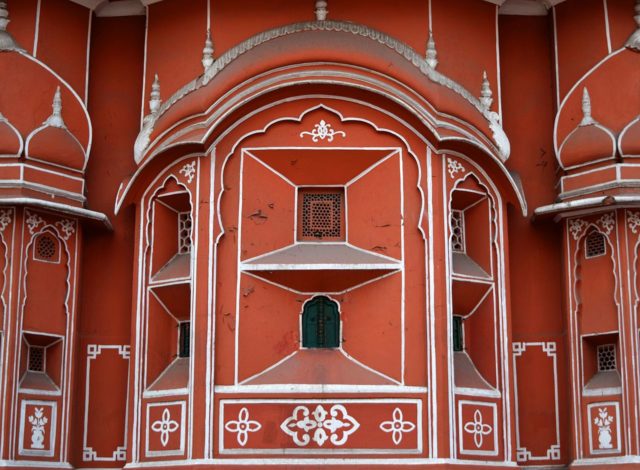
The top floors of the palace can be accessed only through ramps because there are no stairs anywhere in the building. The many rooms at the palace are made of different colored marble, and at the center of the courtyard, there are fountains. Today, Hawa Mahal is managed by the Archaeological Department of the Government of Rajasthan.
Read another story from us: Some the world’s most beautiful castles
The palace is located south of Jaipur at the Badi Chaupad which is the main road intersection, and its entry is from a side road to the the rear end of the building. Many visitors who had come to this place said that the best time to visit is in the early hours of the mornings when the whole structure becomes golden once it’s lit by the sun.
